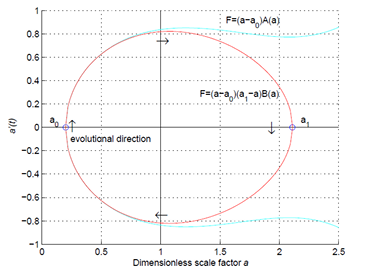


On “A new three-step fixed point iteration scheme with strong convergence and applications”
Vol 3, Issue 1, 2025
Download PDF
Abstract
This note delves into the convergence analysis of several iterative methods and elucidates their behaviors. Furthermore, we demonstrate that the findings presented in “A new three-step fixed point iteration scheme with strong convergence and applications” are not entirely novel. In particular, some of the results either overlap with or restate previously established methods without introducing significant innovations.
Keywords
References
- Traub JF. Iterative methods for the solution of equations. Prentice-Hall Englewood Cliffs; 1964.
- Kang SM, Rafiq A, Kwun YC. A new second-order iteration method for solving nonlinear equations. Abst. Appl. Anal. 2013; 1.
- Sharma P, Ramos H, Behl R, Kanwar V. A new three-step fixed point iteration scheme with strong convergence and applications. J. Comput. Appl. Math. 2023; 430: 115–242.
- Mann WR. Mean value methods in iteration. Proc. Amer. Math. Soc. 1953; 4: 506–610.
- Ishikawa S. Fixed point by a new iteration method. Proc. Amer. Math. Soc. 1974; 4(1): 147–150.
- Noor MA. Some approximation schemes for general variational inequalities. J. Math. Anal. Appl. 2000; 251: 217–229.
- Kirk WA. On successive approximations for nonexpansive mappings in Banach spaces. Glasg. Math. J. 1971; 12: 6–9.
Supporting Agencies
Algorithms; Iterative methods; Convergence Order.
Copyright (c) 2024 Author(s)
License URL: https://creativecommons.org/licenses/by/4.0/
Editor-in-Chief

Prof. Youssri Hassan Youssri
Cairo University, Egypt
Asia Pacific Academy of Science Pte. Ltd. (APACSCI) specializes in international journal publishing. APACSCI adopts the open access publishing model and provides an important communication bridge for academic groups whose interest fields include engineering, technology, medicine, computer, mathematics, agriculture and forestry, and environment.


.jpg)

.jpg)
